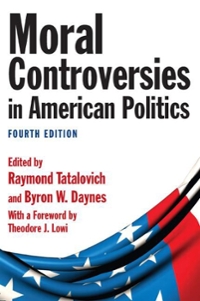Question
Question (1) Indicate whether the statement is true, false, or unclear, and justify your answer. a, When the price elasticity of demand for health care
Question (1)
Indicate whether the statement is true, false, or unclear, and justify your answer.
a, When the price elasticity of demand for health care is zero, health insurance coverage induces no moral hazard?
b, An uninsured patient who incessantly visits his doctor because he always thinks he is getting sick is an example of moral hazard?
c, A woman who uses her fireplace only after she buys homeowner's insurance is an example of moral hazard?
d, A previously uninsured man who enrolls in his workplace health insurance plan after being diagnosed with multiple sclerosis is an example of moral hazard. is the price that the insurance customer faces. Sometimes, the out-of-pocket price depends on the list price?
Question (2)
Indicate whether the statement is true or false, and justify your answer.
Ex post risk is typically much lower than ex ante risk because uncertainty is largely eliminated by the purchase of an insurance contract. Analyze this question in terms of moral hazard and adverse selection in health insurance market?
Question (3)
In the early 2000s, the state of Massachusetts in the U.S. implemented a health reform aimed at enrolling people without health insurance into an insurance plan. The reform required people without health insurance (at least those who could afford it) to buy insurance, and put in place penalties on those who nevertheless chose not to buy insurance. Below is the abstract of a recent National Bureau of Economic Research working paper entitled "Health Reform, Health Insurance, and Selection: Estimating Selection into Health Insurance Using the Massachusetts Health Reform" by Martin Hackmann, Jonathan Kolstad, and Amanda Kowalski. The authors conducted a study of the effects of the Massachusetts reform. They write:
We implement an empirical test for selection into health insurance using changes in coverage induced by the introduction of mandated health insurance in Massachusetts. Our test examines changes in the cost of the newly insured relative to those who were insured prior to the reform. We find that counties with larger increases in insurance coverage over the reform period face the smallest increase in average hospital costs for the insured population...
a, Is this evidence consistent with the predictions of the RS model? In other words, is this evidence consistent or inconsistent with adverse selection into insurance before the Massachusetts health reform? Explain why or why not. [Hint: think about the types of people who enrolled in insurance as a result of the mandate.]
b, In the context of the RS model of adverse selection, what effect does mandating health insurance have on the utility of the robust people in the model? [Hint: Be careful to distinguish the cases of pooled and actuarially fairly priced insurance].
Step by Step Solution
There are 3 Steps involved in it
Step: 1

Get Instant Access to Expert-Tailored Solutions
See step-by-step solutions with expert insights and AI powered tools for academic success
Step: 2

Step: 3

Ace Your Homework with AI
Get the answers you need in no time with our AI-driven, step-by-step assistance
Get Started


